We are all aware that things change over time, and signs of aging become more evident. When it comes to diamonds, there is a common saying that “diamonds are forever.” But does this mean they remain unchanged indefinitely, or is there any indication of aging?
This leads us to the question many of you have asked: Do diamonds turn yellow as they age? It’s a valid query, and we have delved into the subject to provide you with accurate information.
While it is true that materials like glass and diamond-like substances can develop a yellow tint over time, genuine diamonds do not undergo such a transformation. However, there are some important points to consider on this matter.
There is a plethora of information available on the internet, which can sometimes mislead people into believing that diamonds undergo significant color changes as they age. In the following few minutes, we will debunk these misconceptions and provide you with the facts.
If you are eager to explore this fascinating topic further, we encourage you to continue reading to uncover the intriguing details we have in store for you.
DESIGN YOUR OWN ENGAGEMENT RING: START WITH A SETTING OR START WITH A DIAMOND. IT’S REALLY UP TO YOU!
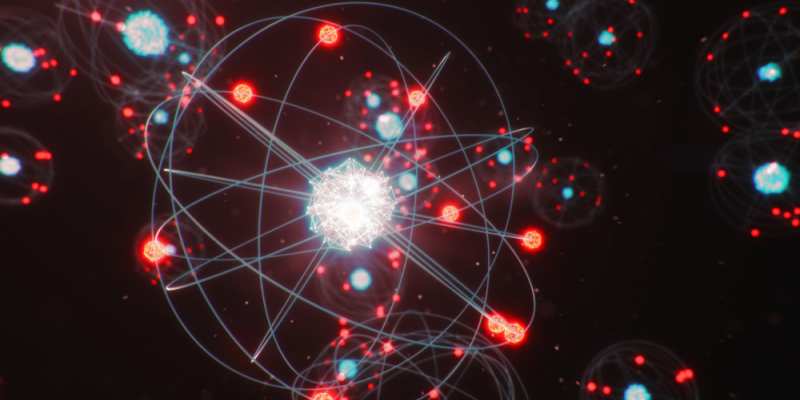
What Gives Diamonds Their Color?
To begin with, let’s understand what determines the color of diamonds, irrespective of whether they are commonly referred to as “white” or “colorless.” It’s worth noting that diamonds can come in various hues, including blue, purple, and even black.
Before we proceed, let’s clarify that we won’t be discussing synthetic or lab-grown diamonds, as they follow a different process. Our focus here is on natural and genuine diamonds.
Exploring the factors that contribute to a diamond’s color is not a simple task and requires some understanding of chemistry. However, fear not, as we will simplify it for you.
The color of a diamond is influenced by its atomic structure. While this may sound complex, we’ll break it down for you.
During the formation of a diamond deep underground, a series of intricate chemical reactions occur, leading to the development of its unique atomic structure.
Keep in mind that diamonds are essentially carbon subjected to tremendous pressure and heat, resulting in their formation. This factor also contributes to the diamond’s color.
Now, let’s address the main point: Since the diamond’s atomic structure remains unchanged, it means that the color of the diamond cannot be altered either.
Different diamonds may exhibit varying shades, such as a white-ish color with almost transparent properties. However, the variation in color is attributed to differences in the atomic structure, rather than the potential for color change.
In essence, while the atomic structure of diamonds can differ, there is no possibility for the color to change. These structural distinctions account for the variations in diamond color.
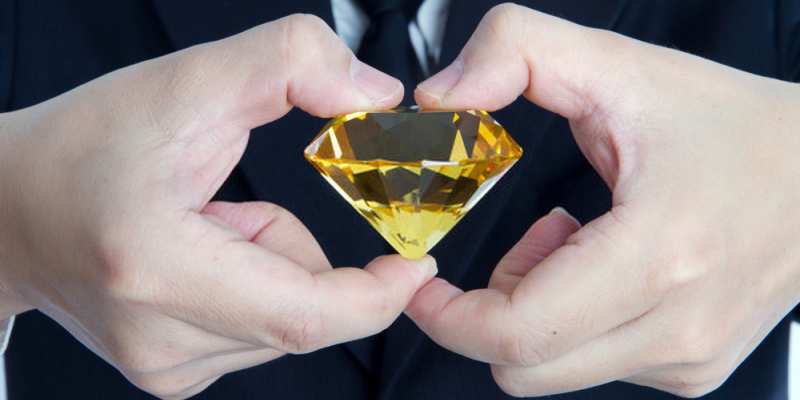
What Can Make A Diamond Become Yellow?
Previously, we mentioned that there are some factors to consider when it comes to diamonds acquiring a slight yellow tint in certain situations.
It’s important to note that diamonds don’t spontaneously change color, but accidental influences can affect their appearance. Here are some things that may contribute to a diamond shifting from white to yellow:
- Sweat
When a diamond is worn in close contact with the skin, such as on a necklace, watch, or bracelet, the natural oils and sweat from the body can potentially cause the diamond to appear more yellow. This is because sweat and skin oils often have a yellowish hue, especially when contrasted against a white background. However, frequent contact without cleaning over an extended period is typically required for noticeable color change. It’s not a cause for major concern.
- Dirt
While dirt is commonly associated with the color brown, its presence on a diamond is unlikely to turn it brown. Instead, it may darken the diamond slightly, giving it a yellowish appearance. However, the chances of dirt significantly affecting the color of a diamond are minimal.
- Paint
Intentionally applying paint, sprays, or nail polish to a diamond can alter its color, including turning it yellow. However, such artificial and purposeful color changes are not considered typical or natural occurrences.
- Dust
When a diamond is left exposed on a dusty surface for an extended period, the accumulation of dust particles may cause it to appear partially yellow or “foggy.” Fortunately, dust can be easily removed through simple cleaning methods, sparing the need for extensive washing or maintenance.
- Nicotine
Nicotine, found in cigarettes and tobacco products, has a propensity to darken surfaces and turn them into a dark yellow color. This includes not only walls, glasses, and teeth but also smooth surfaces like diamonds. Prolonged exposure to nicotine and tar residue can lead to a yellowish discoloration of the diamond.
It’s worth emphasizing that these factors require significant exposure and prolonged contact to produce noticeable color changes in diamonds. With proper care and regular cleaning, the impact of these influences can be minimized.
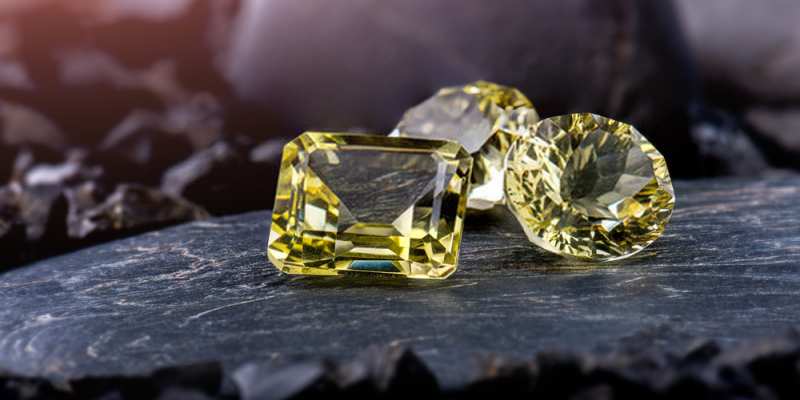
What Actually Happens To Diamonds Over Time?
In reality, the long-lasting nature of diamonds is a well-founded concept. Unlike materials such as paper or other substances that deteriorate over time, diamonds do not disintegrate or suffer significant damage.
These remarkable carbon creations endure far beyond a single lifetime, and as a result, the effects of time on diamonds remain largely unknown. Not enough time has elapsed for diamonds to exhibit any noticeable changes.
Diamonds can retain their pristine appearance for centuries, provided they are properly cared for and safeguarded from adverse conditions. Instances where diamonds have shown signs of damage can usually be attributed to prolonged exposure to extreme circumstances, spanning years or even decades.
Consider the analogy of tossing a diamond into a river: Would its edges become smoother? The answer is evident.
When diamonds are stored in secure locations where they are shielded from dirt, debris, harsh weather conditions, and other destructive forces, they will maintain their brand-new appearance.
Understanding this, it becomes apparent that diamonds truly possess an enduring quality—at least when they are subjected to appropriate conditions.
However, it is important to address an extreme scenario: Subjecting a diamond to extreme and prolonged heat could cause it to vaporize. Nevertheless, such temperatures are not easily attainable, so there is no need to be concerned about accidental vaporization.
To be precise, a staggering temperature of 763 degrees Celsius is required for this transformation to occur. It is highly unlikely that any of you have access to such extreme temperatures.
Hence, the main point remains that diamonds are indeed everlasting, and the passage of time does not yield any significant changes in genuine diamonds.
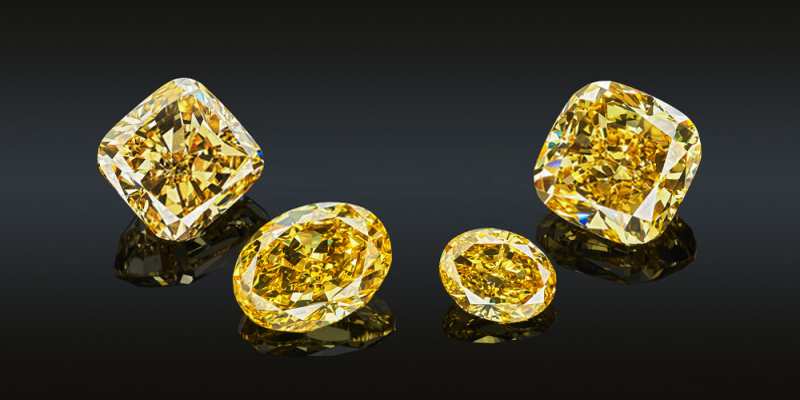
Yellow Diamonds – Do They Exist In Nature?
While it is true that regular diamonds do not undergo a color change over time, there are diamonds known as Canary diamonds that naturally exhibit a yellow color. These Canary diamonds range from light yellow hues to deep and intense shades, and they are considered rare and highly prized in the diamond world. While it may be difficult to see them in person, you may have come across pictures or videos of these exquisite gems online.
The yellow color of Canary diamonds is attributed to the presence of nitrogen in their composition. Nitrogen molecules within the diamond absorb blue light, resulting in the yellow coloration instead of a greenish or bluish hue, or any other color apart from yellow.
It’s important to note that “Canary” is not the official term used to describe yellow diamonds, but rather a common designation for fancy yellow diamonds.
Canary diamonds are graded using the official GIA color grading scale, and their value depends on factors such as size and the intensity of the yellow color. The GIA grading categories for yellow diamonds are as follows:
- Faint
- Very Light
- Light
- Fancy Light
- Fancy
- Fancy Intense
- Fancy Vivid, Fancy Deep, or Fancy Dark
Among these categories, Fancy Vivid, Deep, or Dark yellow diamonds are the rarest and most expensive. Prices for Canary diamonds can range from $22,000 to $32,000, depending on these factors.
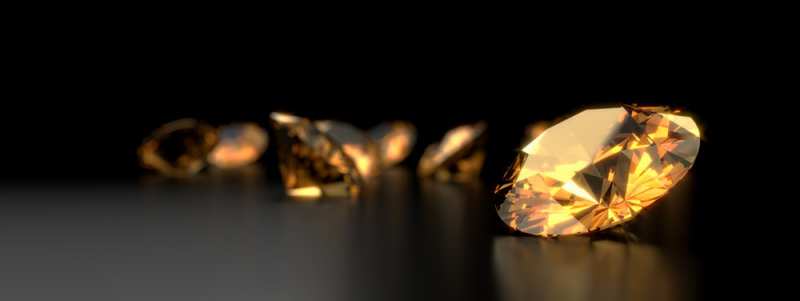
Our Final Thoughts On The Subject
To sum up, regular diamonds do not turn yellow with age. However, certain factors like sweat, dirt, paint, dust, and nicotine can influence diamonds and cause them to appear yellowish. The good news is that you can easily reverse this effect by cleaning your diamonds either at home or with the help of a professional.
It’s important to note that there are naturally occurring yellow diamonds, but they don’t change their color over time. These diamonds contain nitrogen, which absorbs blue light and gives them their yellow shine.
In conclusion, while yellow diamonds are fascinating, they don’t undergo a color change with age. The yellow color in diamonds can be attributed to their composition from the beginning. Hopefully, this clears up any confusion about diamonds turning yellow and explains why it is impossible for them to do so naturally.


